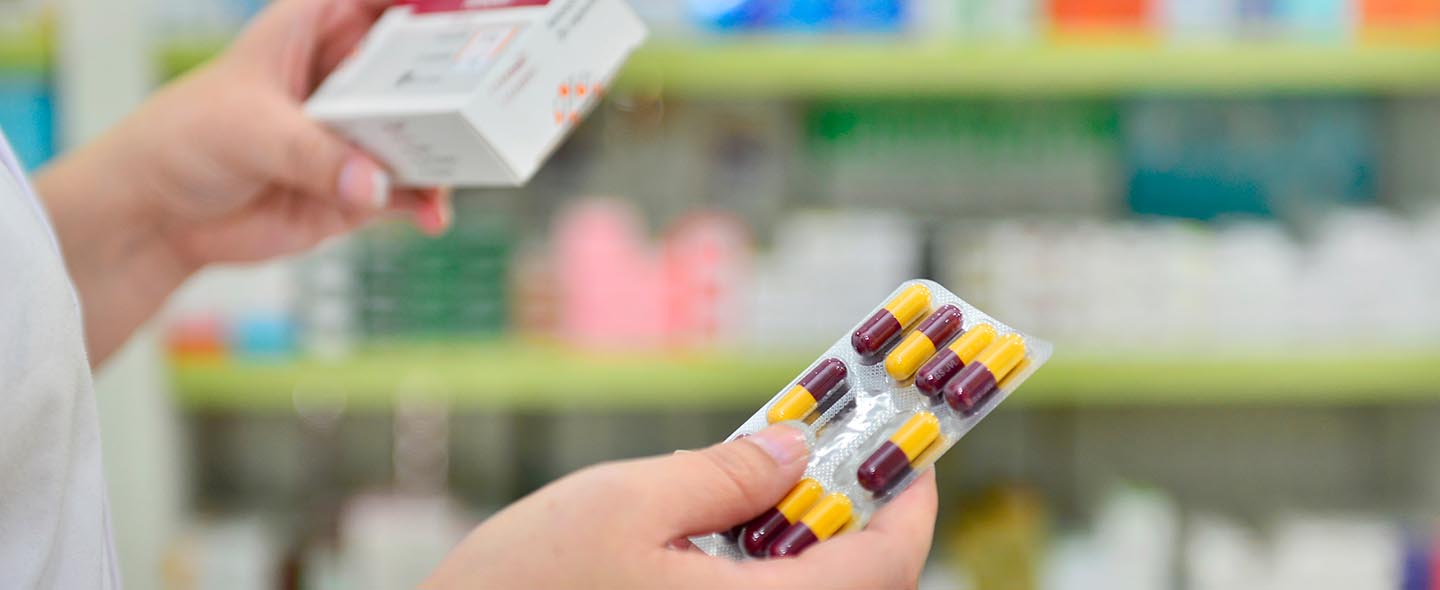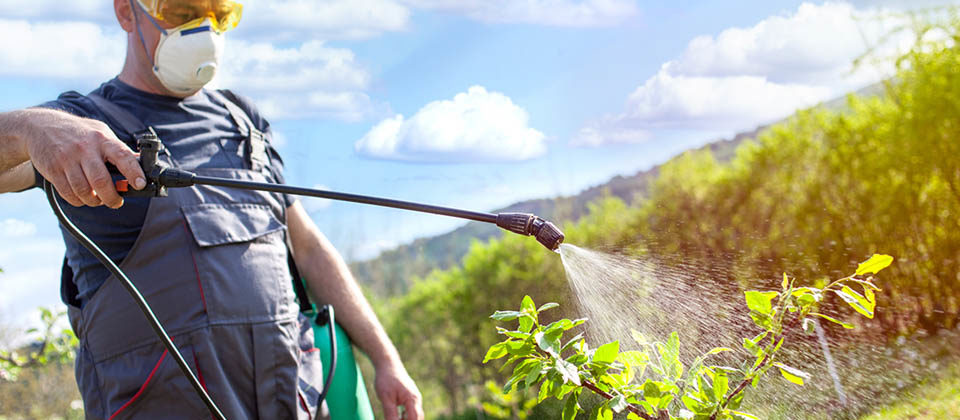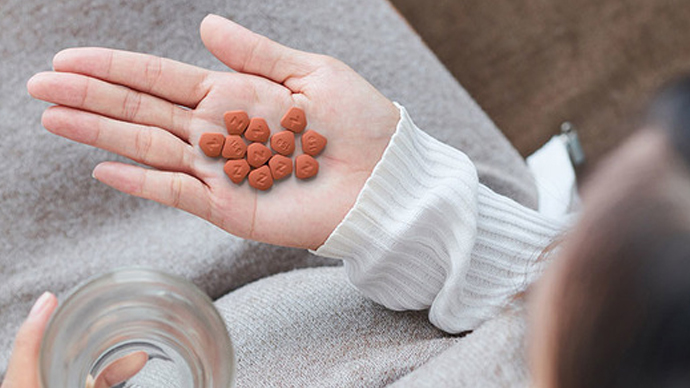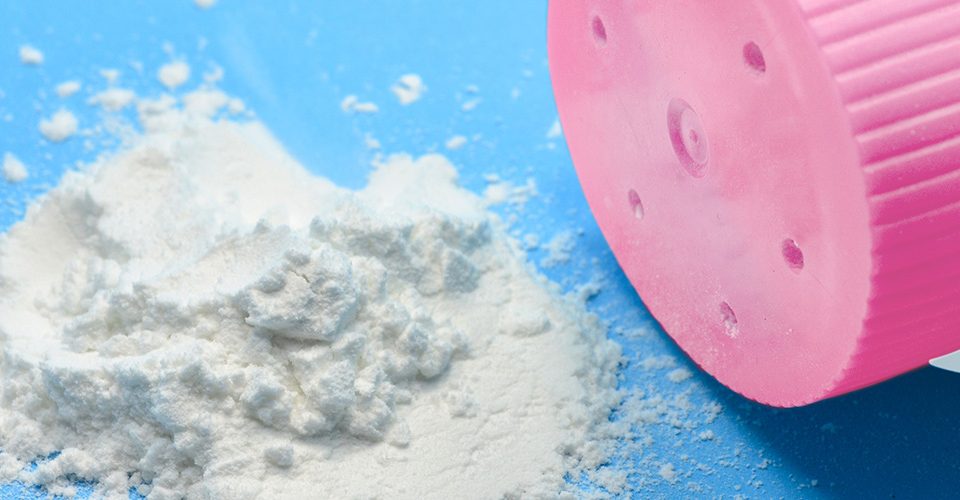Stevens-Johnson Syndrome Lawsuit

No Longer Accepting Cases
Did a Prescription Drug Cause Stevens-Johnson Syndrome?
Stevens-Johnson Syndrome (SJS) is a severe allergic reaction that occurs with some types of infection or after taking some commonly used over-the-counter and prescription medications. SJS is an incredibly painful and debilitating condition that can leave you with long-term and permanent injuries.
SJS causes the layers of the skin to separate and shed (the epidermis separates from the dermis). The skin may come off in sheets, leaving the raw, under layers of the skin exposed and prone to infection. Toxic Epidermal Necrolysis (TEN) is a more severe form of SJS in which 30 percent or more of the skin sheds away.
SJS and TEN are medical emergency conditions that can cause death. Medical attention must be sought in order to control symptoms and minimize complications.
SJS Symptoms
Both SJS and TEN are marked by the development of painful blisters and lesions on the skin and mucous membranes. Symptoms of SJS may begin within one to three weeks after beginning a medication the areas of rash generally starting on the face and spreading in an irregular pattern. Loose blisters may form at the center of the rash and peel away easily over a few days.
Sores may pop up in the mouth, the lining of the throat, in the eyes, and on the anus and genitals. These sores can make it difficult to eat or even close your mouth. Urination may be painful and difficult if sores appear near the urethra.
It may be painful to move your eyes, and your lids may seal closed from swelling and crust. If your condition involves the respiratory tract, you may experience coughing, pneumonia, have trouble breathing. You may suffer diarrhea if the condition involves your digestive system.
The skin loss, especially with TEN, is very similar to suffering severe burns over a large part of the body, and unfortunately, SJS/TEN are just as deadly. Infection is a serious risk with SJS and is one of the most common reasons someone with the condition dies.
It is essential that SJS and TEN are diagnosed early and treated promptly. Seek medical attention immediate if you have recently taken an over-the-counter or prescription medication and you experience two or more of these symptoms –
- Painful blisters on your nose, ears, eyes, or genital area
- Severe conjunctivitis and swollen eyelids
- Flu-like symptoms including cough, body aches, headache, high fever
- Red or purplish rash, splotches, or blisters on the skin
- Itchy skin
SJS Diagnosis
After development of the condition, diagnosis is made through a physical exam and through skin biopsy, though the condition is often identified by the appearance of the skin and mucous membranes, symptoms, and how much of the skin is affected.
Once the condition has developed, the primary course of treatment includes mostly supportive measures. However, researchers have recently developed a test that will allow a diagnosis to be made before the full development of skin lesions. The Rapid Immunochromatographic Test was developed after researchers concluded that serum granulysin elevates before full onset, and drops rapidly after the onset of SJS/TEN. For the test, your physician will check the serum granulysin levels in blister fluid, and have the results in as little as 15 minutes.
If you are diagnosed with SJS, your physician will stop whatever drug is causing the reaction. For people who take more than one medication, it can be difficult to identify the causal med, and for those who rely on medicines for their health and wellbeing, stopping certain meds may not be recommended. To help, your doctor may perform allergological testing to determine what specific medication caused you to develop SJS.
SJS Complications
It is important your physician stops the reaction as quickly as possible because SJS can cause severe and life-threatening complications, such as:
- Shock from loss of bodily fluids
- Sepsis from infection entering the blood stream
- Internal organ damaged caused by lesions on the organ and inflammation including damage to the heart, lungs, kidneys, and liver
- Permanent skin damage
- Cellulitis
SJS Treatment Methods
The goals for treating SJS are to control the reaction, prevent or halt the spread of infection, and treat the symptoms. To do this, your doctor may treat you in an intensive burn unit with-
- Antibiotics for skin infection
- Plasma exchange to remove toxins, drugs, and the antibodies that are causing the reaction
- Corticosteroids for inflammation
- Intravenous immunoglobulins to help stop progression of the condition
- Antihistamines to control itching
- Pain medications
- Topical anesthetics to ease mouth sores
- Skin grafts where areas of skin fail to grow back
Treatment for SJS can takes weeks if not months, and you may still be left with serious side effects.
SJS Long term effects
While those with mild forms of SJS may begin to get better in a matter of weeks, more severe forms of SJS/TEN can be difficult to treat and can require lengthy hospital stays. The mortality rate for SJS and especially TEN is high.
Those who survive may be plagued with long-term effects that may include –
- Changes in skin pigmentation
- Dryness of the mucous membranes and skin
- Excessive sweating (as scar tissue can seal pores shut causing you to overheat)
- Hair loss
- Impaired taste
- Genital abnormalities
- Difficulty urinating
- Chronic dry eye or inflammation of the eye leading to an increased sensitivity to light
- Ocular scarring can cause permanent vision loss
SJS causes
According to the Stevens-Johnson Foundation, certain viruses and a host of medications can cause SJS. In fact, some of the most commonly used medications that have been linked to SJS and TEN include prescription and OTC pain relievers, COX-2 inhibitors, seizure medications, as well as fluoroquinolone and sulfa-based antibiotics. In fact, adverse drug reactions to these types of drugs may cause more than three-quarters of all SJS/TEN cases.
It is important to note that Stevens-Johnson Syndrome and Toxic Epidermal Necrolysis can be caused by nearly any medication, and can strike people of any age, though it is most commonly seen in children and teens.
Where to find help for SJS and TEN
If you or a loved one have developed Stevens-Johnson Syndrome or Toxic Epidermal Necrolysis after taking a medication, know that you are not alone. The Stevens-Johnson Syndrome Foundation has agencies across the country that help connect affected adults and children to local resources, care, and support groups.
How we can help
If you or a family member has been affected by Stevens-Johnson Syndrome or Toxic Epidermis Necrolysis you know how difficult it is to continue to make ends meet while the dealing with the agony and anguish of this condition. When SJS is caused by a medication that did not properly warn consumers about the possibility of developing this potentially-fatal side effect, people who develop SJS/TEN may be able to seek legal recourse.
Many of the medications that have been linked to SJS/TEN have inadequate warnings on their product labels. If you developed SJS after taking a medication that failed to warn of this side-effect, the drug manufacturer may be liable for your injuries.
Depending on the circumstances of your case, you may be eligible to seek compensation for
- Current and future medical bills
- Lost work and wages
- Pain, suffering, and anguish
- Long-term disability
- Permanent injury and scarring
- Wrongful death


